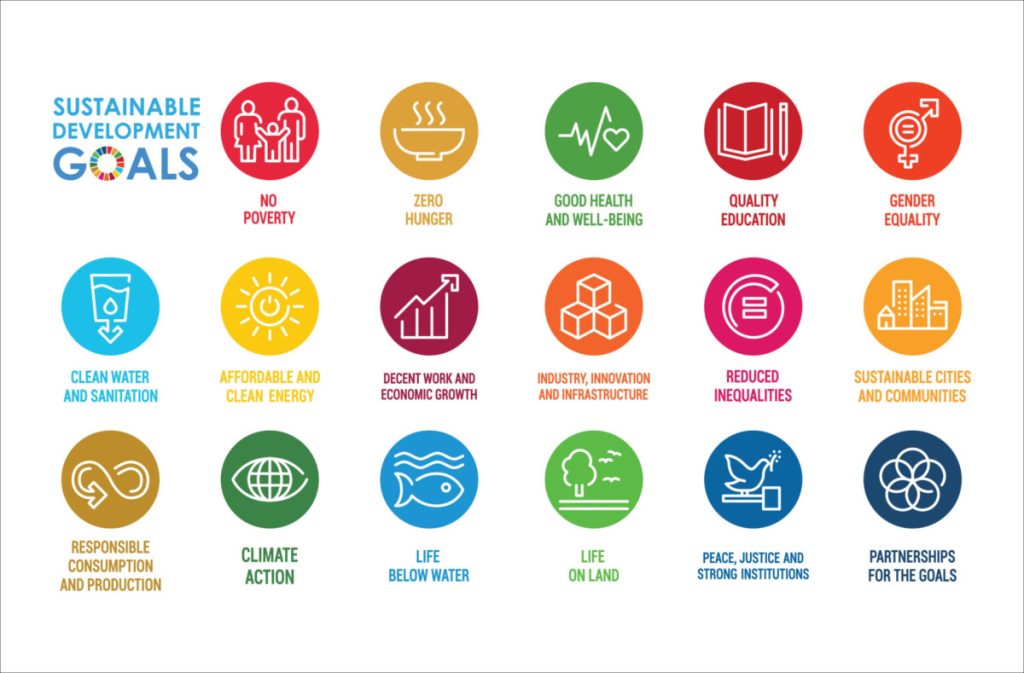Hello, everyone! It’s Irtaza here, and today I’m excited to delve into a topic that touches every aspect of our lives and has the power to shape our future: the United Nations Sustainable Development Goals (SDGs). Whether you’re a student, professional, or simply someone interested in making the world a better place, these goals offer a roadmap for global progress and change. Let’s dive into what the SDGs are all about and how we can all contribute to achieving them.
What Are the Sustainable Development Goals (SDGs)?
The United Nations Sustainable Development Goals, or SDGs, were established in 2015 as a global blueprint for peace, prosperity, and environmental stewardship. There are 17 interconnected goals designed to address some of the most pressing challenges facing our world today, including poverty, inequality, climate change, and more.
The SDGs aim to leave no one behind and promote sustainable development in all its forms: economic, social, and environmental. They are ambitious, but with concerted effort and collaboration, we can move closer to a brighter future for all.
The 17 SDGs: A Closer Look
Here’s a brief overview of each of the 17 SDGs:
1. No Poverty: Eradicate extreme poverty by ensuring everyone has access to basic resources such as food, water, and shelter.
2. Zero Hunger: End hunger by promoting sustainable agriculture and ensuring everyone has access to sufficient and nutritious food.
3.Good Health and Well-Being: Promote healthy lives and well-being for people of all ages.
4. Quality Education: Ensure inclusive and equitable quality education and promote lifelong learning opportunities.
5. Gender Equality: Achieve gender equality and empower all women and girls.
6. Clean Water and Sanitation: Ensure universal access to clean and safe drinking water and sanitation.
7. Affordable and Clean Energy : Ensure access to affordable, reliable, sustainable, and modern energy for all.
8. Decent Work and Economic Growth: Promote inclusive and sustainable economic growth, full and productive employment, and decent work for all.
9. Industry, Innovation, and Infrastructure: Build resilient infrastructure, promote inclusive and sustainable industrialization, and foster innovation.
10. Reduced Inequality: Reduce income inequality within and among countries.
11. Sustainable Cities and Communities: Make cities and human settlements inclusive, safe, resilient, and sustainable.
12. Responsible Consumption and Production: Ensure sustainable consumption and production patterns.
13. Climate Action: Take urgent action to combat climate change and its impacts.
14. Life Below Water: Conserve and sustainably use the oceans, seas, and marine resources.
15. Life on Land: Protect, restore, and promote sustainable use of terrestrial ecosystems, manage forests sustainably, and combat desertification.
16. Peace, Justice, and Strong Institutions: Promote peaceful and inclusive societies, provide access to justice, and build effective, accountable institutions.
17. Partnerships for the Goals : Strengthen the means of implementation and revitalize the global partnership for sustainable development.
Why Should We Care About the SDGs?
The SDGs are not just a list of objectives for the United Nations; they are a collective call to action for all of us—individuals, governments, businesses, and organizations—to work together toward a better future. Achieving these goals means improved quality of life, environmental sustainability, and economic prosperity for everyone.
How Can We Contribute to the SDGs?
1. Educate Yourself and Others: Learn about the SDGs and share this knowledge with your friends, family, and community.
2. Advocate for Change: Use your voice to advocate for policies and initiatives that align with the SDGs.
3. Adopt Sustainable Practices: Make conscious choices in your daily life, such as reducing waste, conserving energy, and supporting ethical and sustainable products.
4. Volunteer and Donate: Get involved with organizations working towards the SDGs. Consider donating your time or resources to support their efforts.
5. Support Businesses with Sustainable Practices: Choose to spend your money with companies that prioritize sustainability and social responsibility.
6. Engage with Policymakers: Contact your local representatives to express your support for initiatives aligned with the SDGs.
Conclusion
The United Nations Sustainable Development Goals represent a monumental effort to shape a better world for everyone. Whether you’re a student, a working professional, or retired, you can contribute to the SDGs in ways big and small. Together, we can make a difference and pave the way for a sustainable and prosperous future.
Thanks for joining me on this exploration of the SDGs! I hope you found this post informative and inspiring. Let me know in the comments how you’re contributing to the SDGs or what your favorite goal is! Let’s keep the conversation going!

